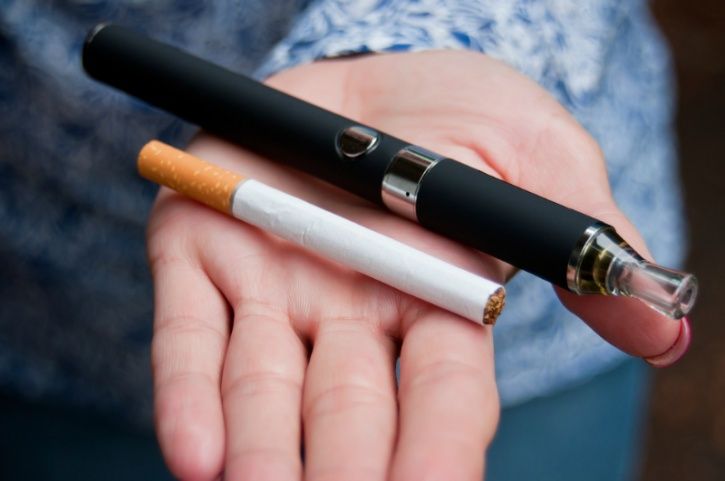Some of my friends smoking cigarettes and vape (e-cigarettes). In my opinion, electronic cigarettes, which are also known as electronic nicotine delivery systems (ENDS) and e-cigarettes, are devices that deliver a vaporised mixture of nicotine and other chemicals to the user's lungs. Each device has an electronic vaporisation system and controls, rechargeable batteries, and cartridges, which contain varying amounts of liquids nicotine to be vaporised instead of the usual tobacco.
Most ENDS also contain propylene glycol, which is an irritant when inhaled. Some ENDS have flavours that are attractive to the user, and some claim they do not contain nicotine. Although many ENDS appear like their tobacco counterparts, a match or lighter is not required for its use. All that is needed is for the user to puff on the device, and the ENDS heats up the liquid nicotine, converting it to a vapour, which is inhaled. The user appears to be smoking a cigarette but there is no smell because there is no burning.
According to the World Health Organisation (WHO) Global Tobacco Survey 2011, there were 4.747 million smokers until mid-year of 2011. The report also indicated that about 21 per cent of adults in Malaysia had heard about e-cigarettes and the popularity of ENDS smoking in Malaysia adults was only 0.8 per cent, an estimated 164 000 people. It is estimated that about one in five smokers in developed countries have tried ENDS.
The jury is still out on the safety of ENDS. There is insufficient information from scientific studies available to make definitive conclusions about its safety. There are, however, reports that the vapour from ENDS causes irritation to the eyes, nose, and throat, affecting breathing and causing nausea in people with certain health conditions. All in all, whether it is conventional or ENDS, inhaling chemical substance into one's body is still hazardous to our health.
